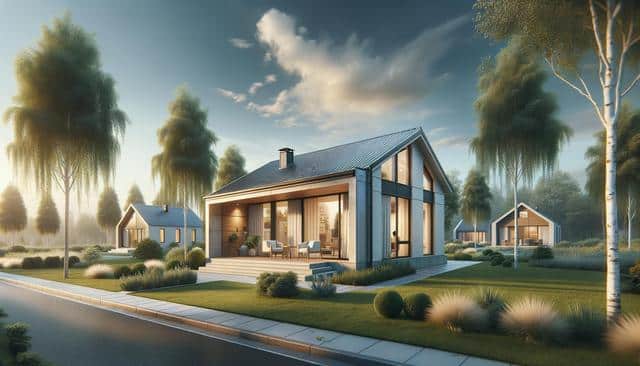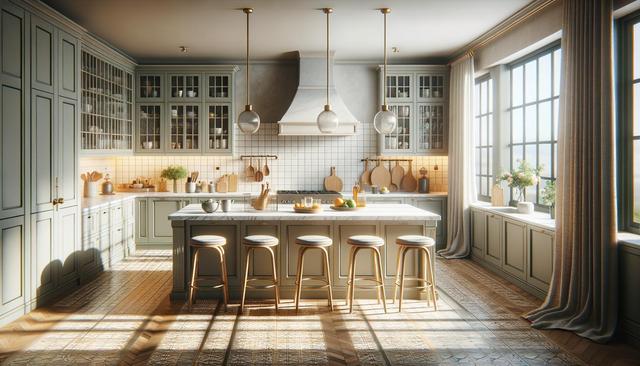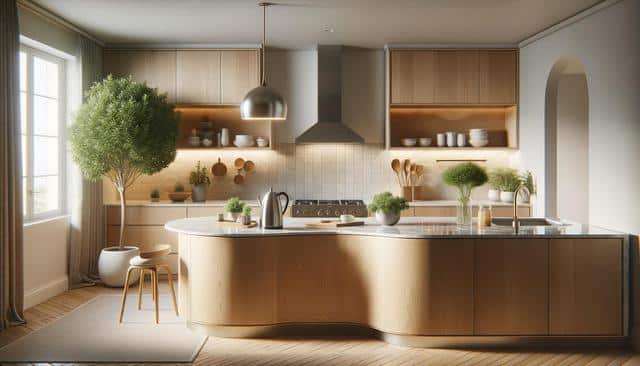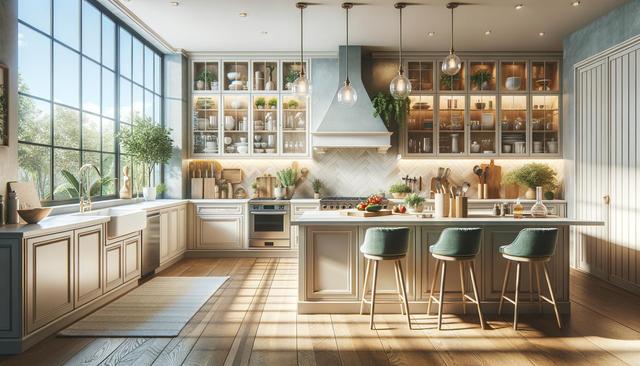
Exploring the Benefits of Prefab Ready-to-Move Homes
What Are Prefab Ready-to-Move Homes?
Prefab ready-to-move homes, also known as modular or pre-manufactured homes, are residential structures built off-site in a factory setting and then transported to the final location for assembly. Unlike traditional homes that are constructed entirely on-site, prefab homes are built in sections or modules under controlled conditions, which contributes to faster construction timelines and consistent quality. Once the modules are complete, they are delivered and installed on a pre-prepared foundation, ready for immediate occupancy.
This type of housing has grown in popularity due to its versatility and the increasing demand for efficient housing solutions. Prefab homes come in a variety of sizes and layouts, from compact single-bedroom units to spacious multi-bedroom dwellings. Their adaptability makes them suitable for a range of uses, including primary residences, vacation homes, and even office spaces.
Some key features of prefab ready-to-move homes include:
- Quick construction and delivery timelines
- Lower overall costs compared to traditional builds
- Customizable design options
- Energy-efficient construction methods
- Reduced material waste
Whether placed in urban settings or remote rural areas, these homes provide a practical and modern housing alternative that doesn’t compromise on comfort or aesthetics.
Advantages of Choosing a Prefab Home
One of the primary reasons people choose prefab ready-to-move homes is for the cost savings. Factory-controlled construction minimizes delays due to weather, reduces labor costs, and allows for bulk purchasing of materials—all of which contribute to more affordable pricing. Additionally, the speed at which these homes can be completed and made livable appeals to those with time-sensitive needs, such as relocation for work or the desire to avoid prolonged construction disruptions.
Another significant advantage is quality control. Since prefab homes are built in a factory environment, every module must meet strict standards before it leaves the facility. This reduces the chances of on-site issues and ensures a higher level of consistency compared to traditional construction.
Additional benefits include:
- Eco-friendliness through energy-efficient insulation and appliances
- Lower maintenance requirements
- Flexibility in location and design
- Availability of modern amenities and smart home technology
Overall, prefab homes can offer long-term value while supporting sustainability, making them a strong choice for environmentally conscious buyers.
Customization and Design Options
Contrary to the outdated idea that prefab homes are plain or standardized, modern prefab ready-to-move homes offer a wide range of design choices. Buyers can work with designers and manufacturers to create layouts that suit their individual needs, preferences, and lifestyle. From open-concept kitchens and high ceilings to energy-efficient windows and built-in smart systems, customization is a major appeal of prefab housing.
Most manufacturers offer several base models that can be tailored in areas such as:
- Floor plan configuration (studio, one-bedroom, multi-bedroom)
- Exterior finishes (wood, vinyl, metal, etc.)
- Interior materials (flooring, cabinetry, countertops)
- Energy and water-saving systems
- Tech integrations like solar panels and home automation
This level of personalization allows homeowners to reflect their tastes while staying within budget. Whether you’re looking for a minimalist retreat or a family-sized dwelling with multiple rooms and storage, prefab homes can be tailored to suit a broad spectrum of needs.
Steps to Purchasing a Prefab Ready-to-Move Home
Buying a prefab home involves a few key steps that differ slightly from purchasing a traditional home. Understanding the process will help you plan more effectively and avoid common pitfalls. First, determine your needs and budget. This will guide your selection of home size, features, and location. From there, research reputable manufacturers and explore their model offerings and customization options.
Once you’ve chosen a design, the next steps typically include:
- Securing financing or a mortgage specific to prefab home purchases
- Selecting and preparing a suitable plot of land
- Obtaining necessary permits and approvals from local authorities
- Finalizing your design and signing a purchase agreement
- Coordinating delivery and on-site installation
It’s also important to work with professionals who have experience with modular construction. They can help manage logistics, ensure compliance with local building codes, and oversee the installation process to ensure everything goes smoothly.
Considerations Before Making a Decision
While prefab ready-to-move homes offer many advantages, there are several factors to consider before committing to a purchase. Some areas may have zoning restrictions or building codes that affect the feasibility of installing a prefab home. It’s crucial to verify these regulations with your local municipality early in the planning process.
Additionally, site preparation is a key aspect that shouldn’t be overlooked. The land must be leveled, utilities connected, and foundations laid before the home can be installed. These site-specific requirements can impact the timeline and budget, so it’s wise to factor them into your overall planning.
Other considerations include:
- Delivery logistics, especially for remote or difficult-to-access locations
- Warranty and after-sales support from the manufacturer
- Long-term resale value and market demand in your area
- Availability of local contractors for future maintenance or expansions
Taking the time to carefully evaluate these variables will help you make an informed decision that aligns with your long-term goals and living requirements.
Conclusion: Is a Prefab Home Right for You?
Prefab ready-to-move homes are an appealing option for individuals and families looking for efficient, customizable, and cost-effective housing. They combine modern design with sustainable construction practices and offer flexibility in both form and function. While there are important considerations and planning steps involved, the benefits often outweigh the challenges for many homebuyers.
If you’re seeking a smart alternative to traditional homebuilding—one that reduces construction time and environmental impact while offering considerable design freedom—exploring prefab homes may be a worthwhile step toward your next residence.


